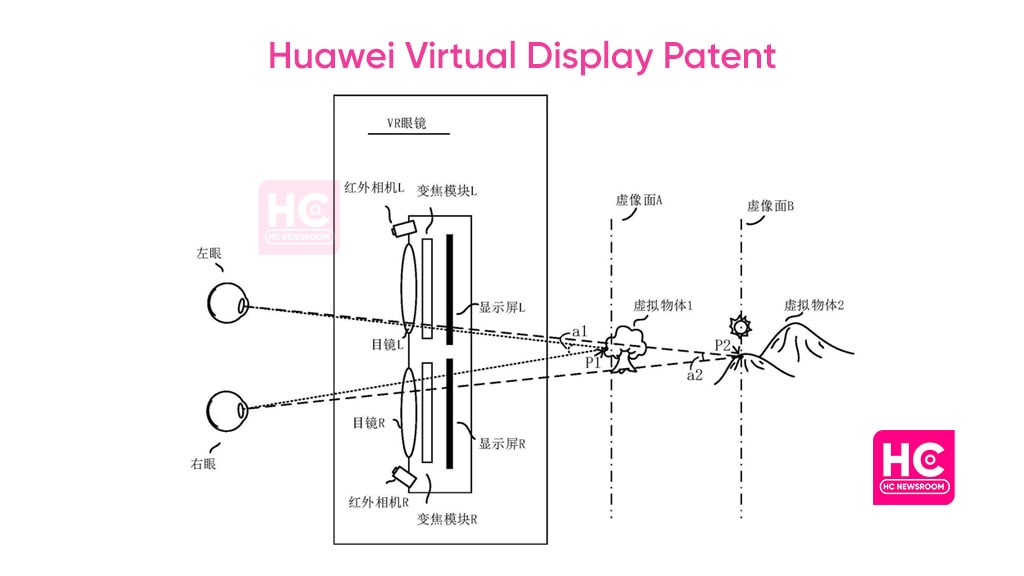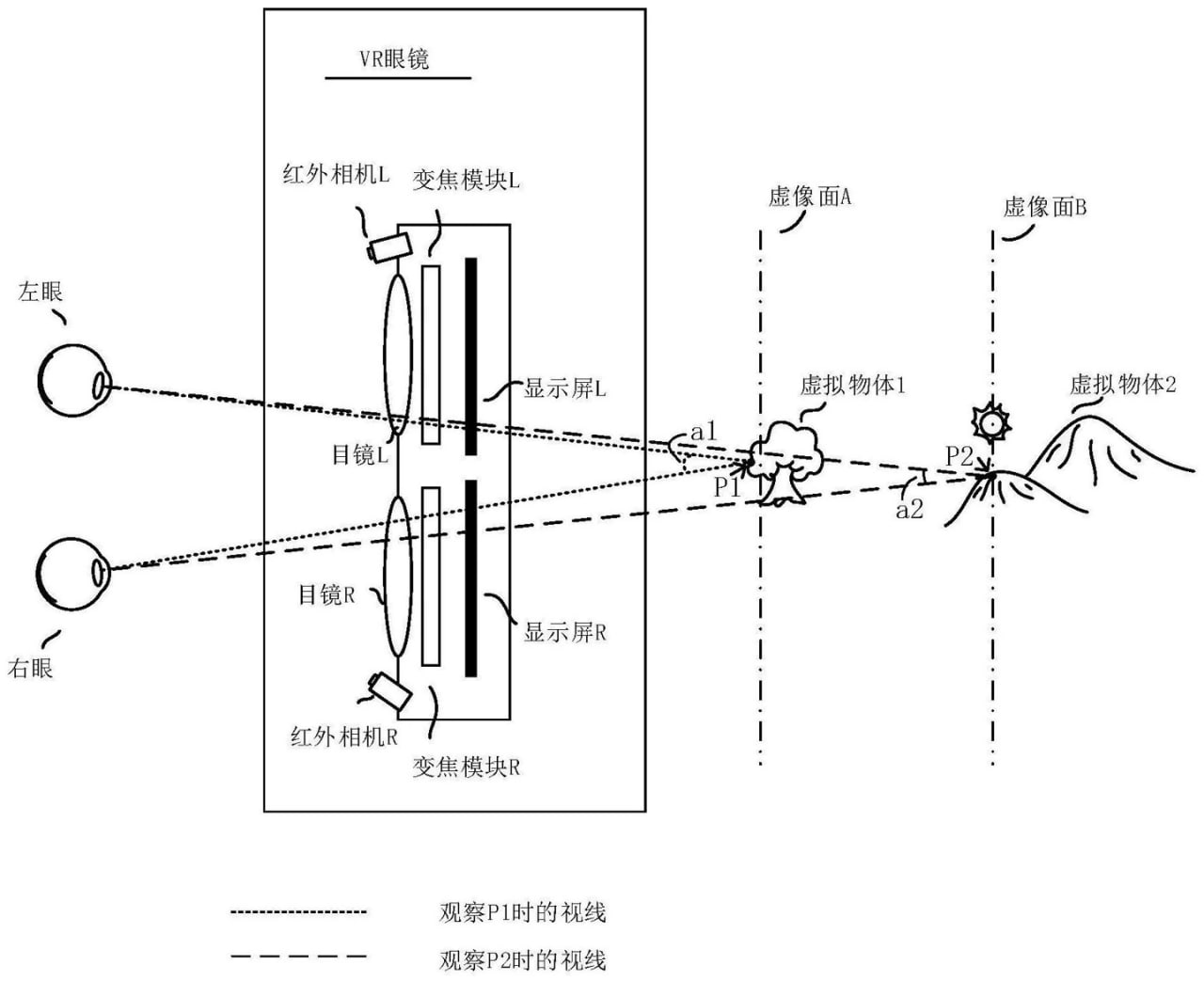Patent
Huawei publishes new virtual display tech to avoid eye strain

Today, Huawei issued an interesting patent for virtual display technology. As the term says, this development will enhance the virtual experience of users and prevent them from unnecessary eye strain and related issues.
Huawei patents are constantly adding new inventions to the shelves. In the meantime, the company has served the market with a variety of imaging and display processing innovations. As of now, the company is bringing another invention on board.
In the latest development, Huawei has obtained a new virtual display patent application with a CN115407504A number. Besides, the application reads the title “virtual display device and virtual display method”.
Eventually, the respective mechanism will help in reducing the lighting and reflection issues. On the other hand, it will improve the convergence adjustment and will offer effective display functions that can prevent stress on the eyes.

Virtual Display and its Functioning
The input reveals that the tech maker is working on unique VR glasses. These glasses will consist of an infrared camera, a zoom module, and most importantly a display module on both sides.
Accordingly, the display module will use micro-chips and will control the following functions:
- Displaying the objects
- Adjusting the depth of convergence of the object
- Enhancing the imaging surface depth
Further, the image here has two objects. The display module will showcase the first object, its depth of convergence, and its imaging surface. Thereafter, the second object is displayed along with its depth of convergence, and the imaging surface.
Since the first object’s depth of convergence will differ from the second object, the display module will adjust the depth of convergence. Thus, users will not need to pressurize their eyes for looking at closer objects.
Depth of Convergence
The adjustment in the depth of convergence plays a vital role. While looking at a close object, our eyes angle inwards. This is known as convergence. However, extra effort and pressure on the eyes can make them suffer from fatigue and more problems.
Hence, Huawei took the initiative to build such a technology. Let’s see when we will get the efficient product in our hands.
[Source]






